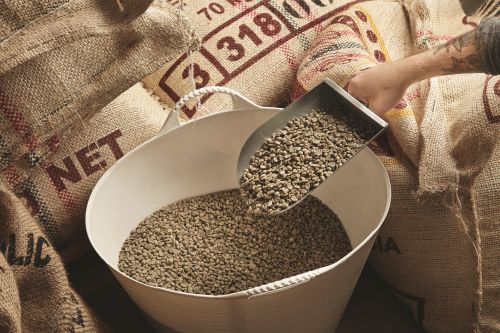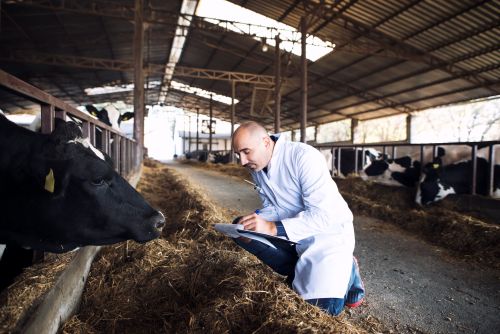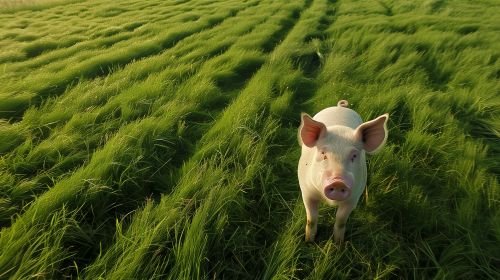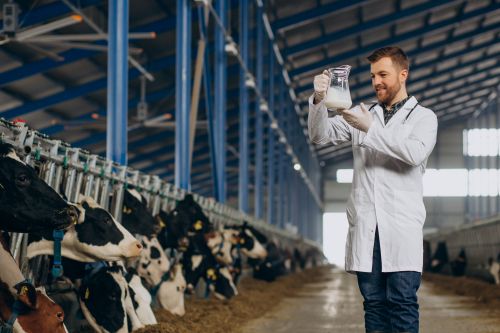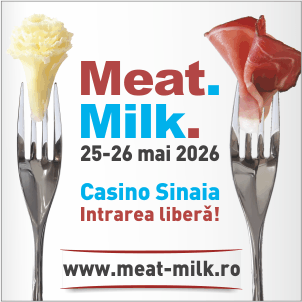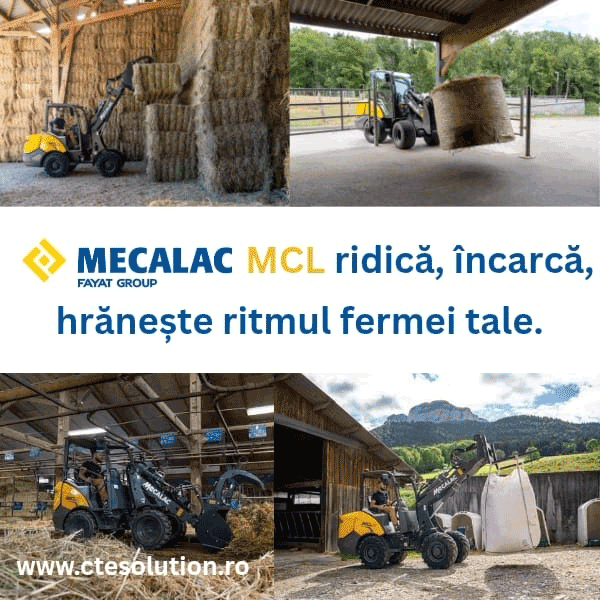392

Romania’s Organic Milk Sector Grows Slowly but Steadily
Romania’s organic milk segment is experiencing slow but steady growth, driven by rising demand for natural and sustainable products. However, administrative hurdles, high certification costs, and a lack of collection infrastructure continue to limit the development of this sector, which could otherwise become a strategic link in the dairy industry.
According to Eurostat, only 3.5% of Romania’s total milk production comes from certified organic farms, compared with the EU average of 10%. Although the agricultural area dedicated to organic production has doubled over the past five years, the conversion of dairy farms remains difficult due to bureaucratic procedures and certification expenses.
Data from the Ministry of Agriculture and Rural Development (MADR) show that in 2024, there were approximately 430 livestock holdings with organic certification, most of them small-scale farms. The main active regions are Transylvania and Bucovina, where traditional pasture-based systems and high water quality favor organic production. Still, the lack of dedicated collection centers and logistical networks adapted to ecological standards prevents processors from capitalizing on the sector’s full potential.
According to the FAO, global demand for organic dairy products grew by 11% in 2024, and the upward trend continues across Europe, supported by environmental policies and increasing purchasing power. In Romania, INS data show that organic milk sales increased by 7% year-on-year, but they remain modest compared to the country’s production potential.
“Romania can become a key player in the regional organic market if processors invest in dedicated supply chains and proper labeling,” states a European Commission report on the implementation of the ‘Farm to Fork’ strategy. The document emphasizes the need for an integrated approach between farmers, processors, and authorities to ensure traceability and authenticity of organic products.
The International Dairy Federation (IDF) notes that organic milk prices remain 25–30% higher than conventional ones, but consumers in Central Europe are increasingly willing to pay for certified products. In Romania, consumer education and awareness campaigns are becoming essential to stimulate domestic demand.
In the medium term, expanding support programs under the National Strategic Plan (NSP) 2023–2027 and creating regional organic milk collection centers could turn this niche into a competitive segment. Romania has the natural resources, traditional know-how, and emerging markets — it now needs infrastructure and regulation to keep pace with the sector’s real potential.
(Photo: Freepik)
